7 vegetables to plant in June – with expert advice on how and when to sow seed
Our June guide will help you maximize growing in the vegetable garden, and reward you with a bumper harvest
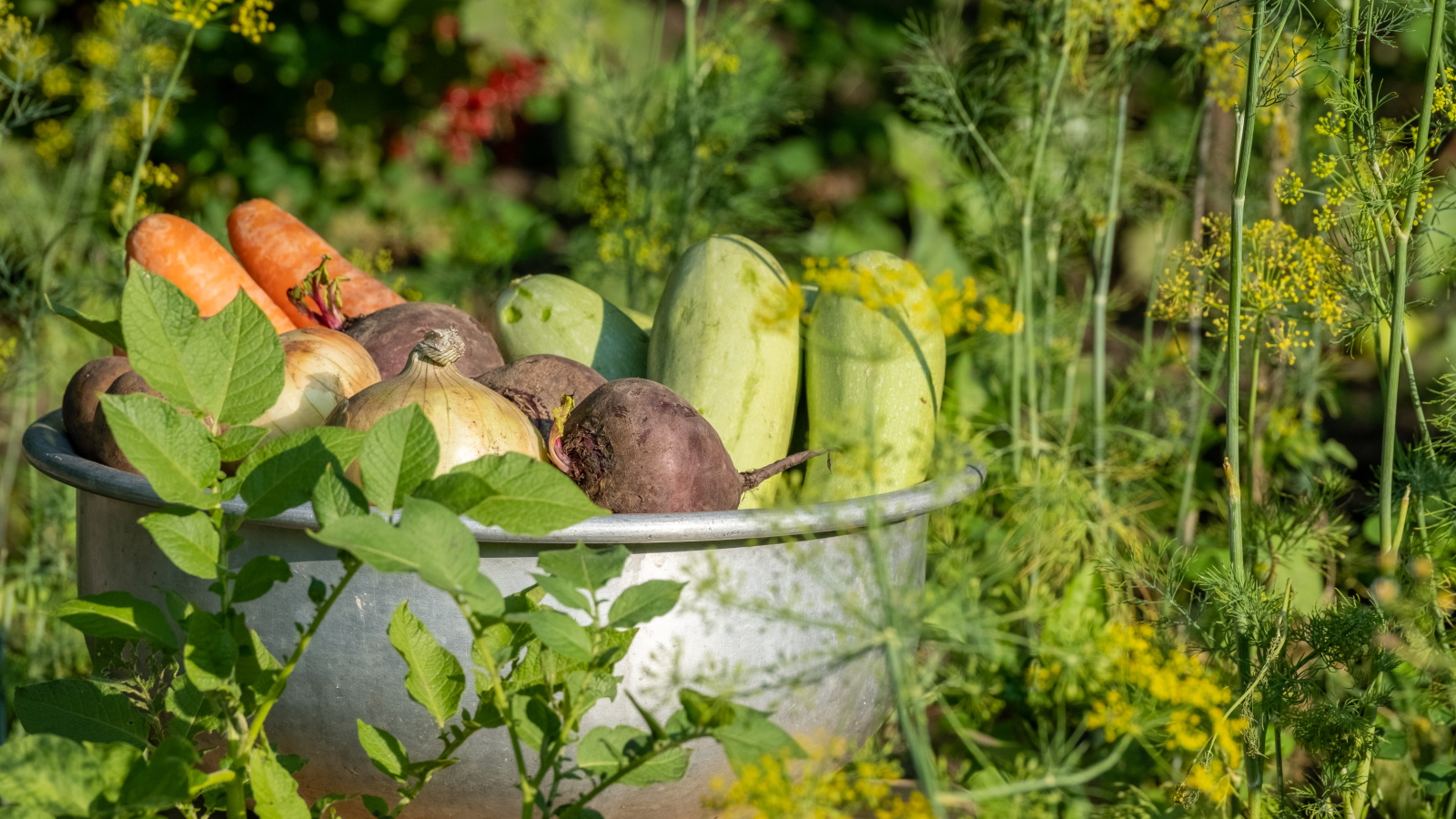

I do not think there is a better time in the gardening calendar than June. Flowers are blooming, fruits are cropping and the birds are singing. If you enjoy gardening, it is hard not to spend any spare moments outside, tending the borders and container displays.
June is typically the peak-growing season in the vegetable garden, making this a busy month for gardeners. Crops sown in March and April should begin to reward you with delicious harvests while watering and weeding will be important jobs for the weeks ahead.
As a gardener, I am always amazed at how quickly seeds can germinate and plants grow at this time of year. June is still an ideal time to directly sow seeds into your beds and containers, with the soil warm and the evenings mild. So, while it is a busy time of year, knowing what to plant in June will ensure you enjoy a long harvest this year.
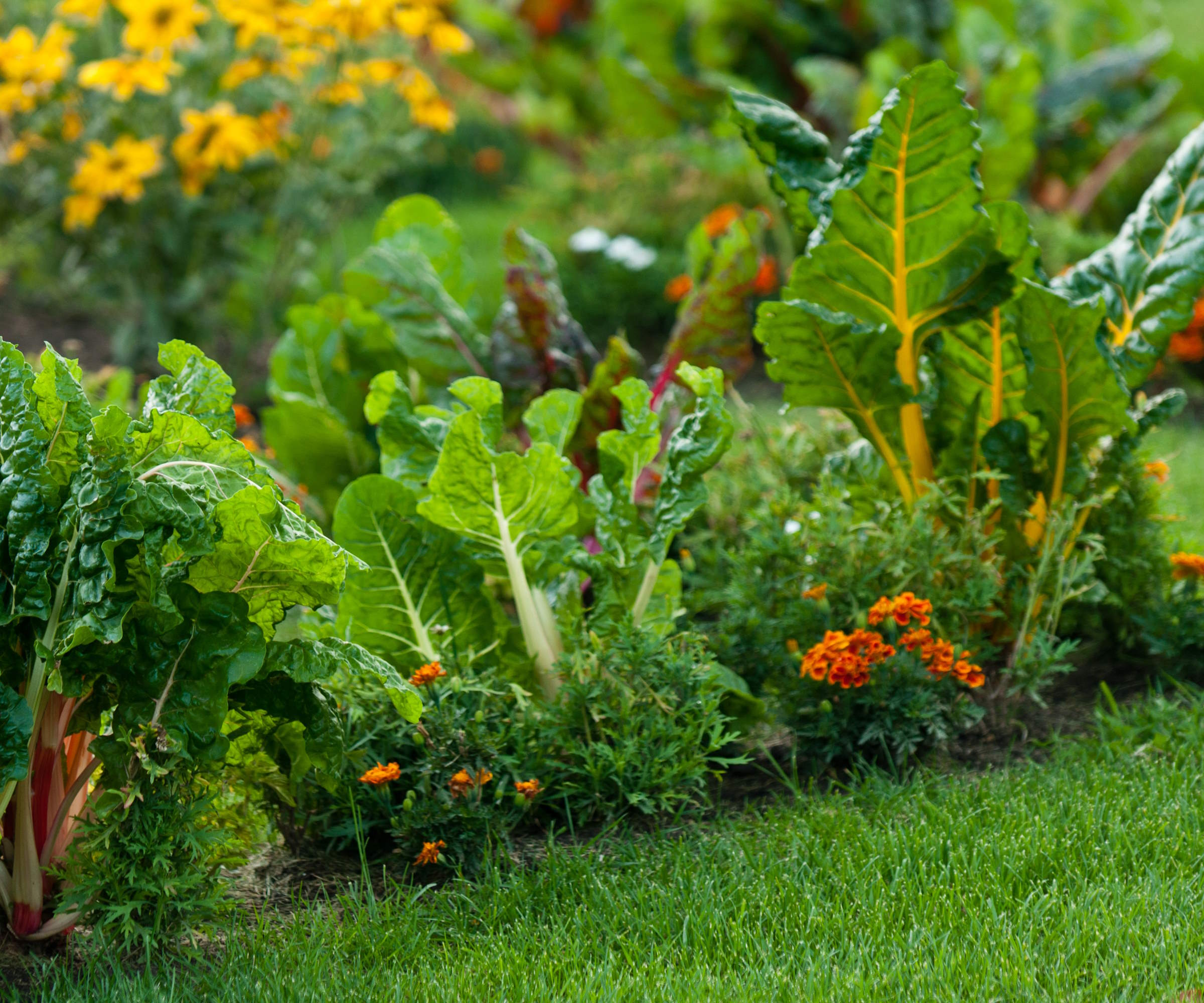
What vegetables should you plant in June?
There are lots of vegetable seeds that can be planted in June. Many vegetables to plant in May can also be sown this month, particularly if the spring weather has been slightly cooler.
While it will be a busy time of year in the kitchen garden, with watering, weeding and fertilizing taking up much of your time, do not forget to continue to sow seed, including carrots, radishes, and kale, as doing so will help to prolong your harvest time. Here, I share 7 delicious vegetable crops you can plant in your garden in June.
1. Beets
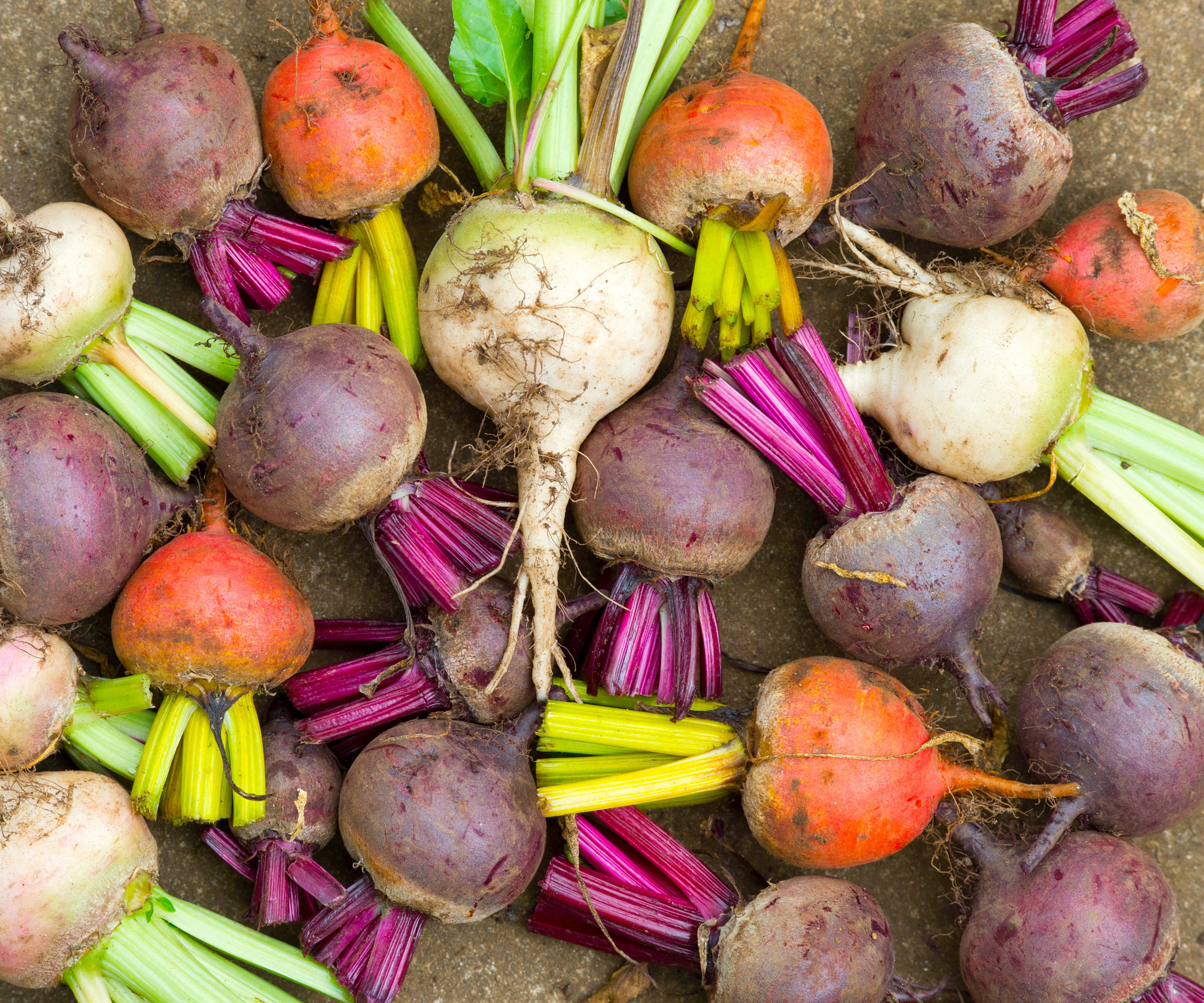
If you are considering how to start a vegetable garden, learning how and when to plant beets is a good first step. Beetroot is one of the easiest vegetables to grow, and, importantly, a delicious crop to harvest for your summer suppers.
While you may have already sown beets earlier in the year, I would recommend succession sowing again in June. Doing so will mean that you will enjoy a late summer harvest.
While sowing will depend on your US hardiness zone, if June remains mild, beetroot seed can still be sown directly into your veg beds. Once the mercury hits the 75 to 80°F (24 to 27°C) mark, it is probably too late in the season, but sowing in early to mid-June should still result in good crop.
Beetroot seeds are available to buy online from Burpee.
2. Chard
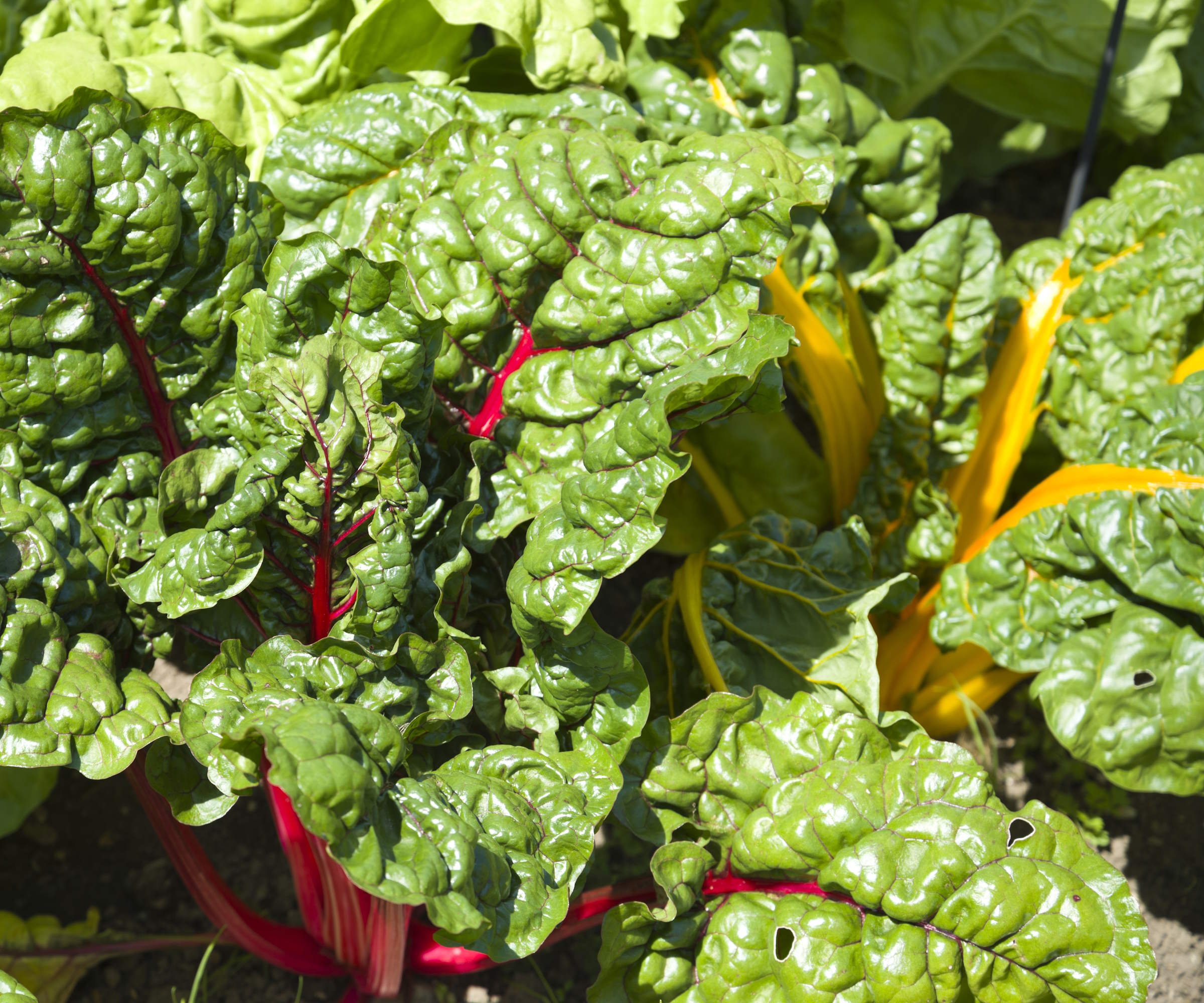
If you want to learn how to grow Swiss chard this year, June is the ideal time to sow seed for a delicious harvest later in the year. With vibrant colors available to grow, chard is both a delicious crop but also one that is aesthetically striking when grown in the kitchen garden.
Chard seeds are larger than most others, so I recommend planting them in 1-inch holes that are 4 inches apart. Depending on germination you can subsequently thin your chard plants, or leave them to grow if you intend to harvest early when foliage is smaller but flavorsome.
Grow your Swiss chard in a full-sun location and in soil that has been mixed with some organic matter. Remember that soil health is important, and nutrient-rich soil will improve plant growth through the rest of the growing season.
Considering when to harvest Swiss chard, you should be able to enjoy baby, smaller leaves in 4 to 6 weeks, whereas larger, mature foliage, will be ready to harvest in 6 to 8 weeks.
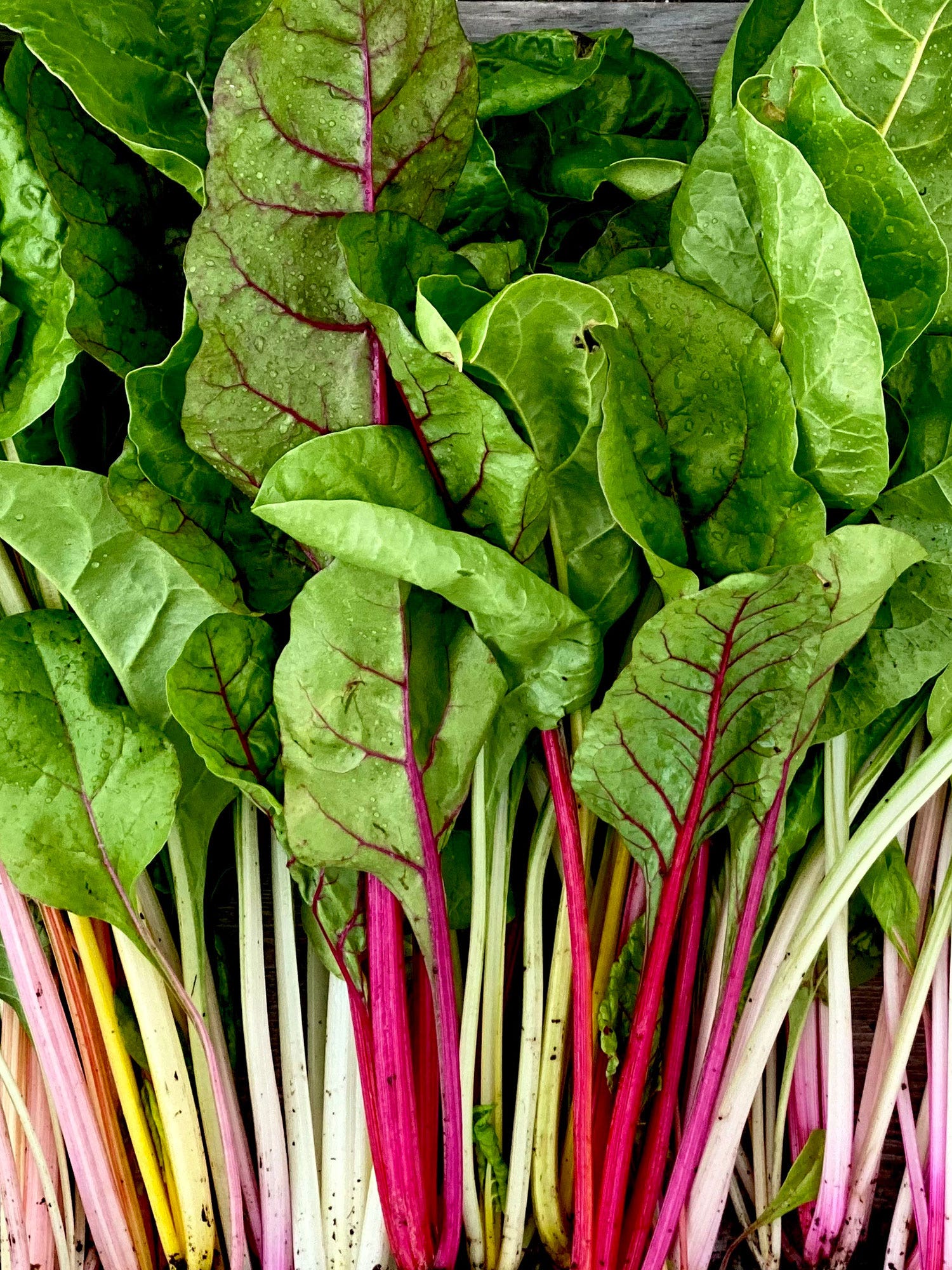
This rainbow mix is an 'All-America Selections' winner, with stems in gold, pink and crimson. These easy-to-grow stems are delicious to eat, though they are at their best harvested young for salads.
3. Okra
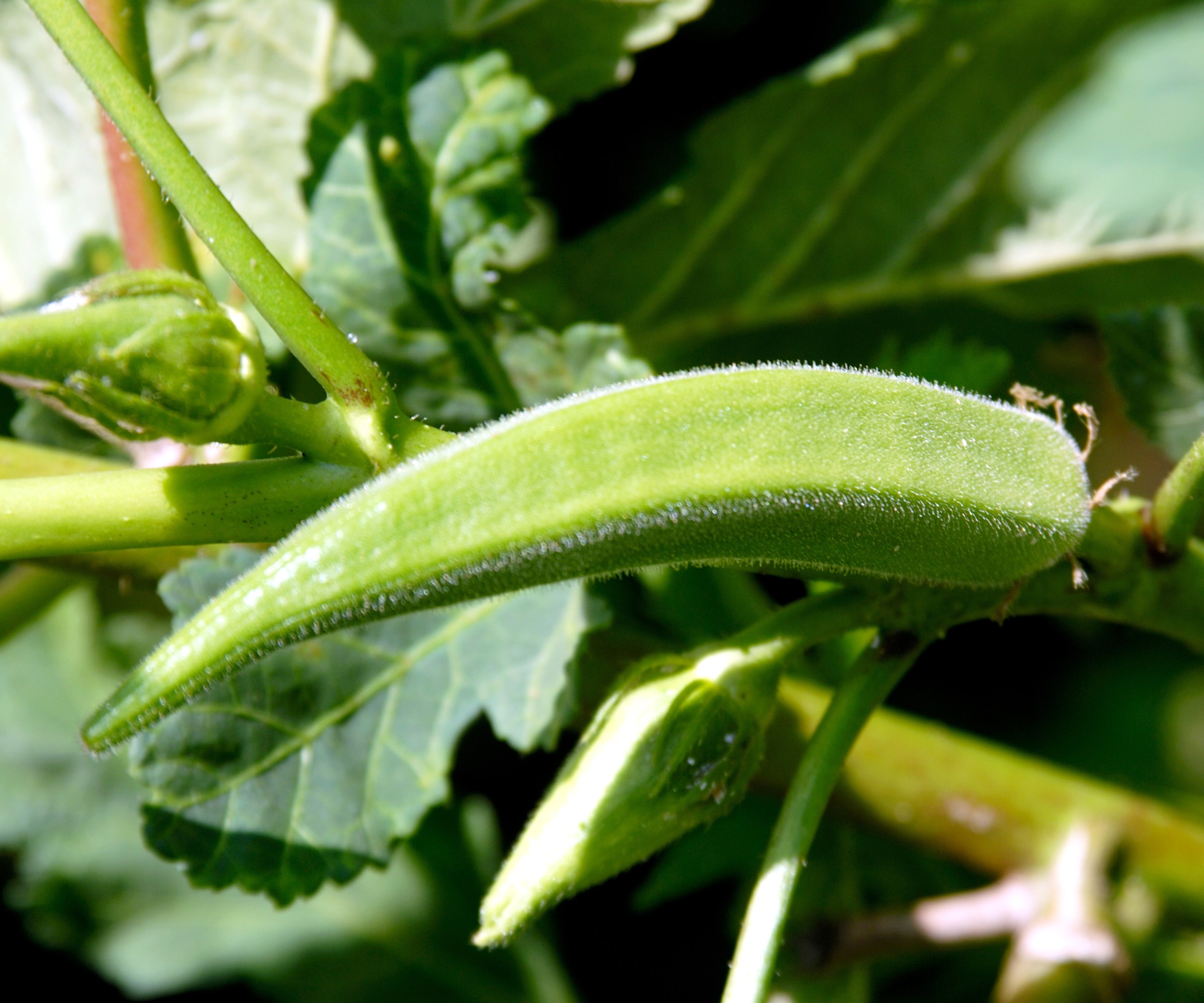
If you want to learn how to grow okra, this crop enjoys hot weather, so sowing seed in June is a good idea. Okra is often considered one of the best drought-tolerant vegetables, thriving in warm, dry weather, so if you reside in US hardiness zone 8 and above, okra is the crop to grow.
Okra is a delicious vegetable, and renowned as a 'cut-and-come-again' crop, meaning that if you keep picking okra pods, more will grow. Plant your seed in a shallow drill but, once germinated, thin so that your okra plants are approximately 12 inches apart, giving them enough space to grow.
Okra seeds are available to order online from Burpee.
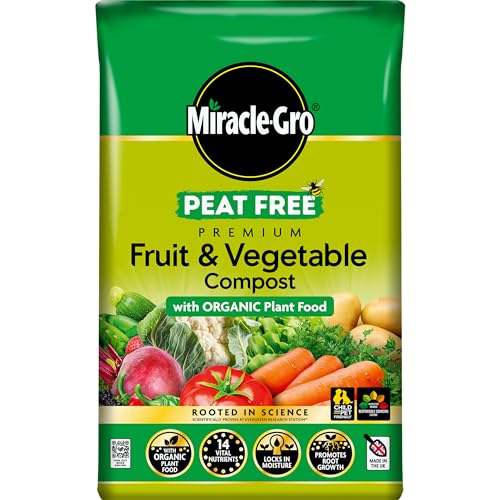
Miracle-Gro peat free compost is an ideal soil enhancer for fruit and vegetable beds. This mix includes organic plant food in the soil that feeds for up to 6 weeks, helping to add vital nutrients that are essential for plant health.
4. Carrots

Carrots are another great veg option for succession sowing. By sowing another row or two of carrot seeds in June, you will be enjoying delicious carrots for a much longer period.
Many gardeners will know how to grow carrots, but for those looking to get started with vegetable growing, carrots are a great crop to select. What's more, you can grow carrots in containers, for those gardeners with smaller plots.
Carrots grow best in an open, sunny site with well-draining but moisture-retentive soil. Sowing at later times in the year can also reduce the risk of carrot root fly, as early crops are more susceptible.
Carrot seeds are available to order from Burpee.
5. Fennel
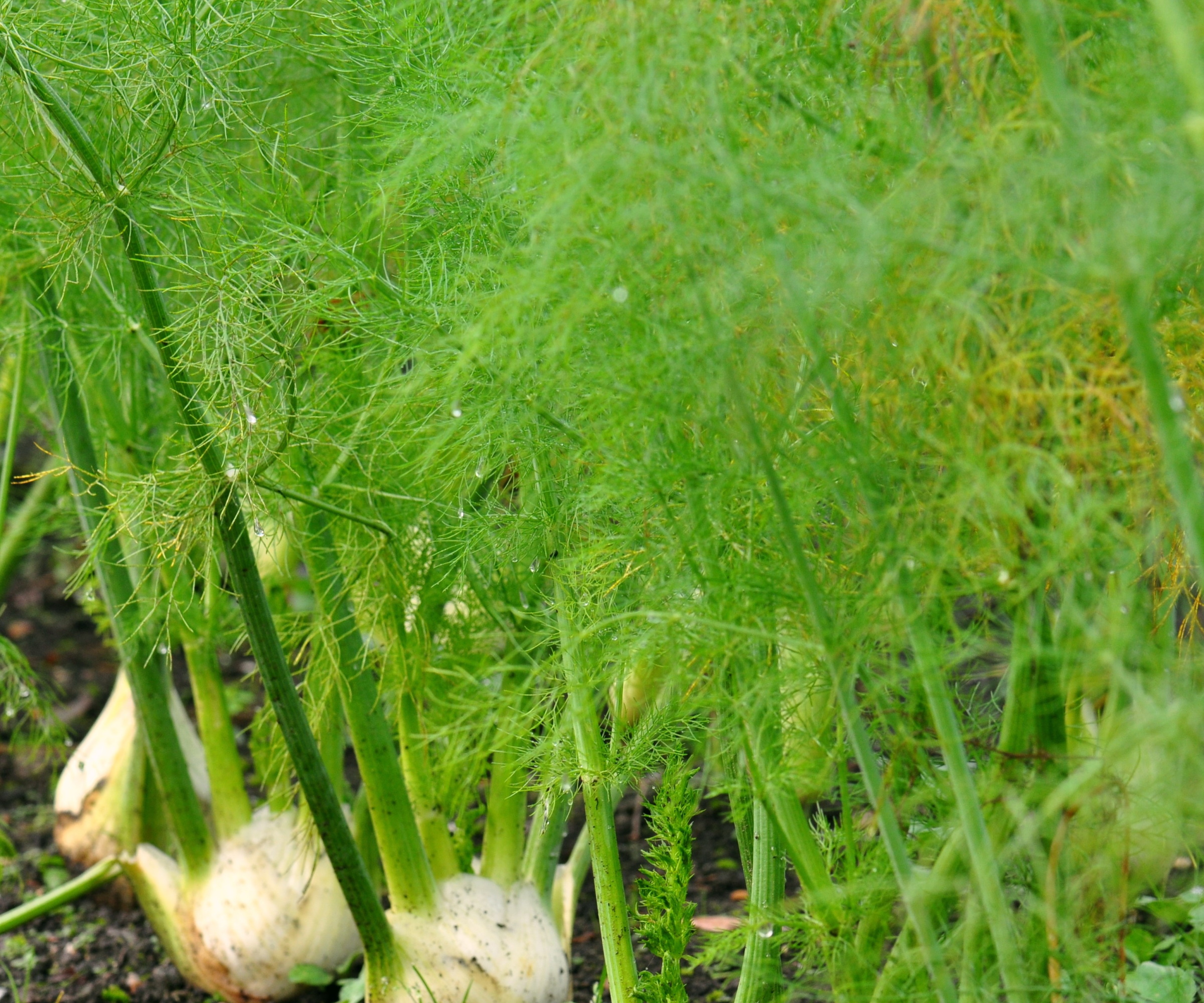
If you are looking for a fragrant crop to grow in your yard, look no further than fennel. Learning how to grow this aromatic crop is relatively straightforward, and if you are wondering when to plant fennel, these seeds can be sown throughout the summer months.
When considering how to grow fennel, I would recommend thinly sowing seed at about half an inch to an inch deep. Germination should take 2 weeks, depending on your climate, after which you can thin your seedlings so that there is about 15 inches of space between each plant.
Fennel seeds are available from True Leaf Market.
6. Broccoli
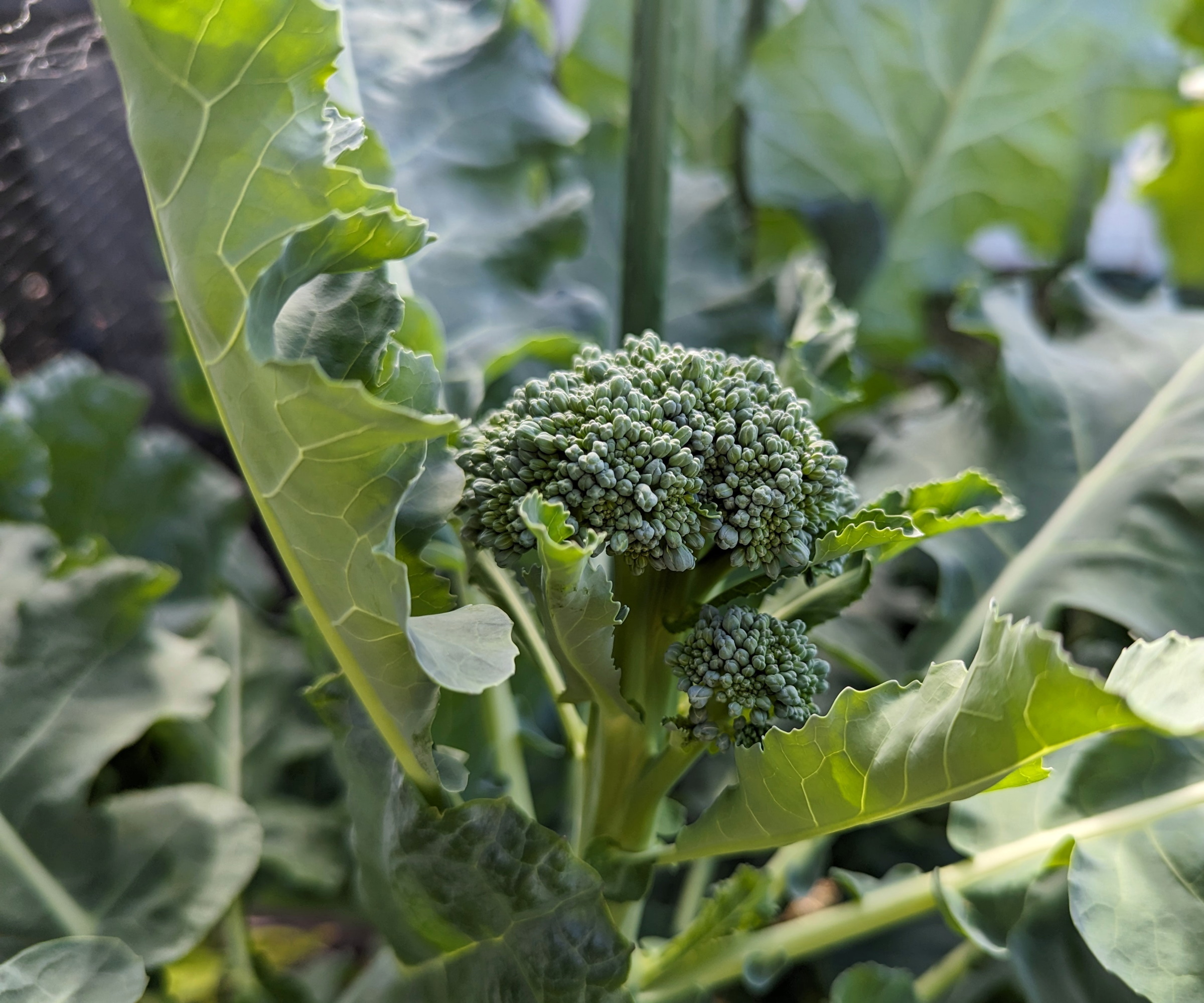
There are two types of broccoli that you can grow in your kitchen garden. The large-headed variety is referred to as calabrese, while the other type is known as sprouting broccoli, with smaller florets. These two crops are delicious and highly nutritious, and if you are wondering when to plant broccoli, both of these can be sown outdoors in June.
When considering how to grow broccoli, prepare your vegetable beds by weeding and raking the soil. Carefully sow your seeds in a row, thinning your seedlings after germination. I tend to prefer giving my broccoli plants plenty of room to grow so that the side shoots can develop as the season rolls on. Make sure you water your broccoli plants regularly during the summer, and you can feed them every few weeks with a high-nitrogen fertilizer.
Broccoli plants, as with all brassica crops, are susceptible to pest attack, such as from cabbage-white butterflies, so it is a good idea to protect your beds using a fine, mesh net, available from Walmart.
Broccoli seeds are available to order from True Leaf Market.
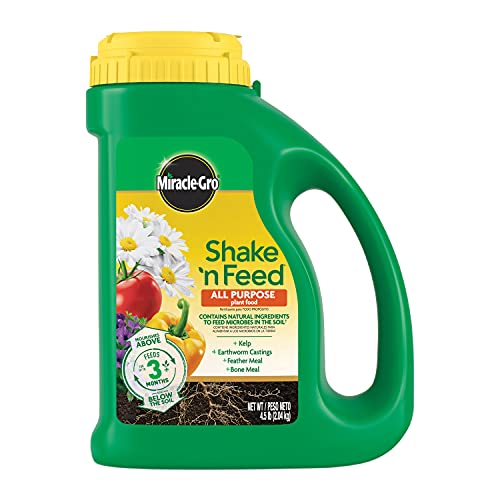
Miracle-Gro Shake 'n Feed All Purpose Plant Food contains nutrients that will feed your soil, helping to support root growth and plant health. This feed contains vital micronutrients to grow stronger, vibrant and more productive plants.
7. Parsnips

Any gardener who wants to learn how to grow parsnips should know that soil condition is important when growing this root vegetable. While parsnips can grow in a range of soil types, it is best to avoid beds with clay, and heavy or waterlogged soil.
In preparation, fork, till and rake your soil before sowing the seed, clearing any rocks and weeds, and covering the seed with half an inch of soil. Remember that parsnips have long, tap roots, so ensure that your bed or planter can accommodate deep growth.
It is a good idea to consider companion planting to help ward off pests from your prized parsnip plants. I would suggest planting chives, garlic or leeks nearby, which can help repel aphids.
Parsnip seeds are available to buy from True Leaf Market.
FAQs
Can I plant potatoes in June?
If you want to plant potatoes but have not yet done so, fear not, you can still plant potatoes in June. Not all varieties will be suitable for late spring and early summer sowing, so it is best to check before planting. 'Charlotte' potatoes are a good example of a delicious variety that can be planted in June, and with the warming temperatures, their growth will be rapid.
June is not too late a time in the growing season to plant crops in your yard. Taking the time to sow as much as you can now will result in bumper harvests later in the year.
For more kitchen garden advice, see our guide on the best flowers to plant in a vegetable garden to deter pests, that will not only look beautiful but will help you to ward off pests and problems.
If you are looking for garden jobs to do this month, see our guide on plants to prune in June, for a comprehensive list of what to snip, and what to leave alone, or our guide on biennials to sow in June, to get ahead of flower growing for next year.
Sign up to the Homes & Gardens newsletter
Design expertise in your inbox – from inspiring decorating ideas and beautiful celebrity homes to practical gardening advice and shopping round-ups.

Thomas is a Content Editor within the Gardens Team at Homes and Gardens. He has worked as a professional gardener for both public spaces and private estates, specializing in productive gardening, growing food and flowers. Trained in Horticulture at the Garden Museum, he has written on gardening and garden history for various publications, including The English Garden, Gardens Illustrated, Hortus, The London Gardener and Bloom. He has co-authored a Lonely Planet travel book, The Tree Atlas, due out in 2024.
-
 Drew Barrymore's striped sofa is her most elegant design to date – it oozes East Hampton elegance in time for summer 2025 (and is under $384)
Drew Barrymore's striped sofa is her most elegant design to date – it oozes East Hampton elegance in time for summer 2025 (and is under $384)This subtly striped linen sofa anchors any living room while feeling light and casual – it looks so much more expensive than its price tag
By Megan Slack
-
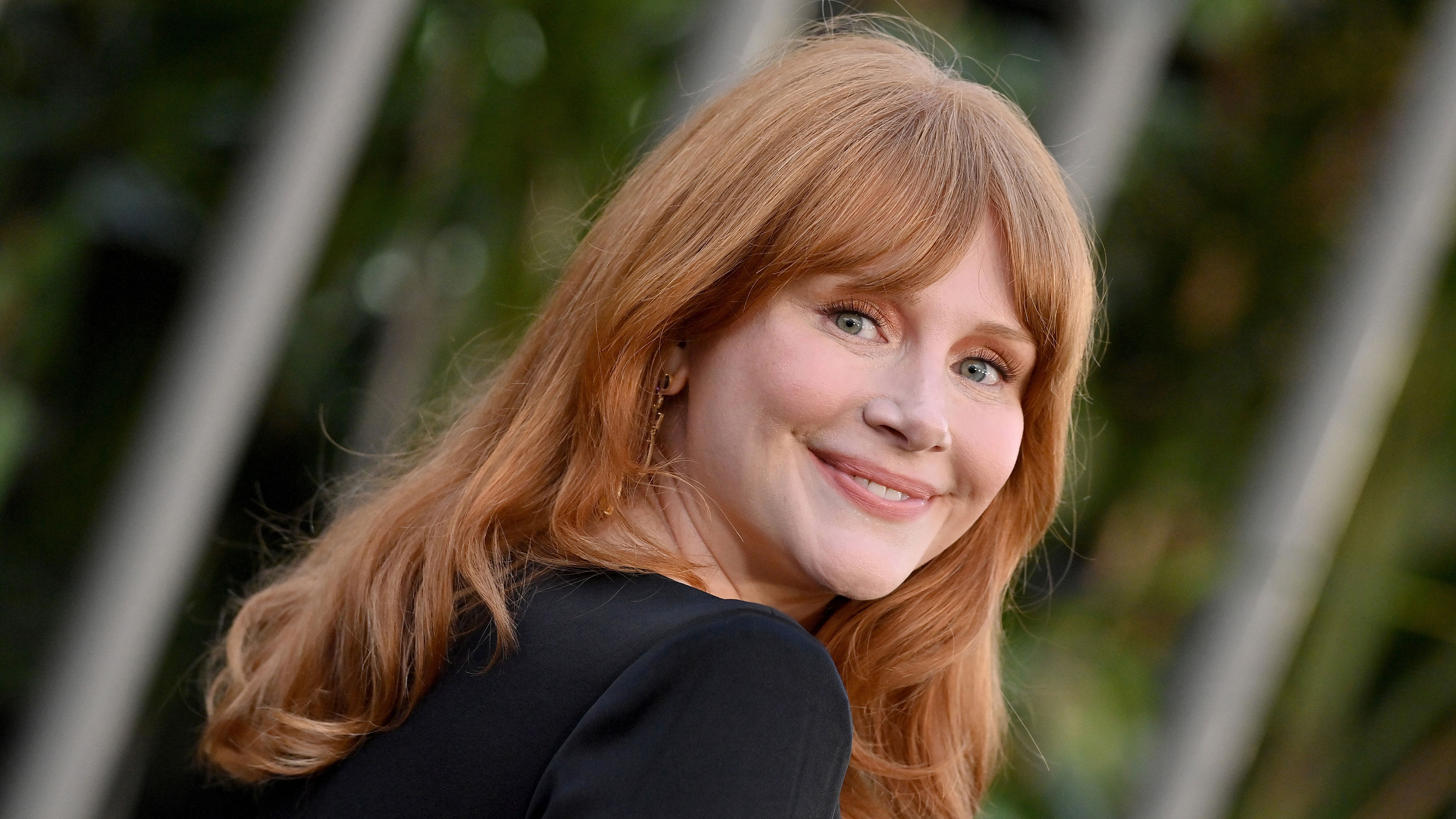 Bryce Dallas Howard's bedroom is the most creative, social space in her entire home – she uses 'conversational seating' to create a multifunctional 'salon'
Bryce Dallas Howard's bedroom is the most creative, social space in her entire home – she uses 'conversational seating' to create a multifunctional 'salon'The actress's bedroom doubles as a home office thanks to its clever layout and furnishings, proving that this area is much more than a sleep space
By Hannah Ziegler
-
 7 of the best tomatoes for growing in pots – expert growers pick their top varieties ideal for large harvests from containers
7 of the best tomatoes for growing in pots – expert growers pick their top varieties ideal for large harvests from containersYou can enjoy bumper homegrown harvests in small spaces
By Drew Swainston
-
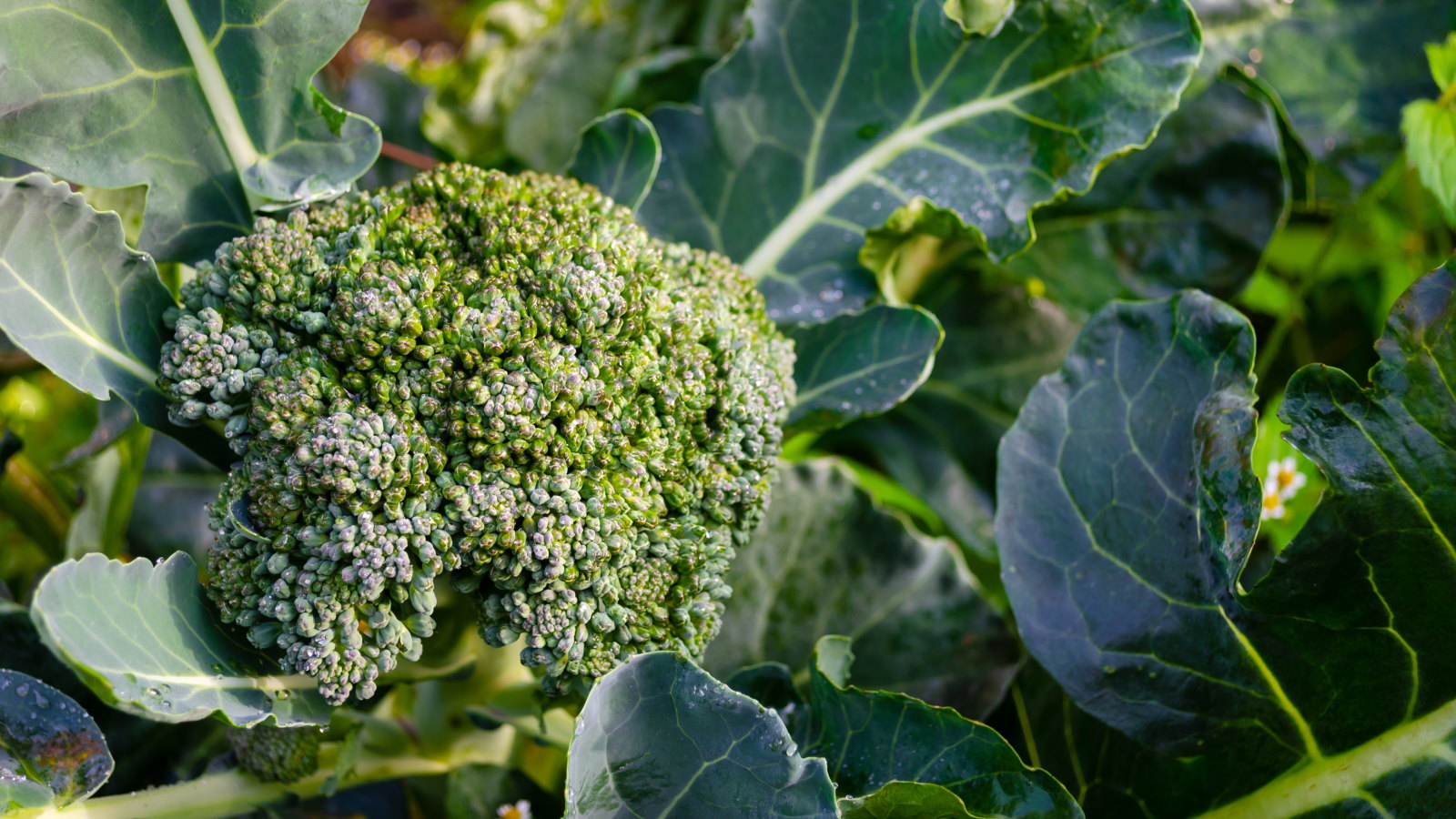 These 5 plants can help you get the best, and potentially tastiest, broccoli ever – discover what to plant with broccoli, and what to avoid
These 5 plants can help you get the best, and potentially tastiest, broccoli ever – discover what to plant with broccoli, and what to avoidOur selection of vegetables, herbs, and flowers is perfect for companion planting with broccoli
By Drew Swainston
-
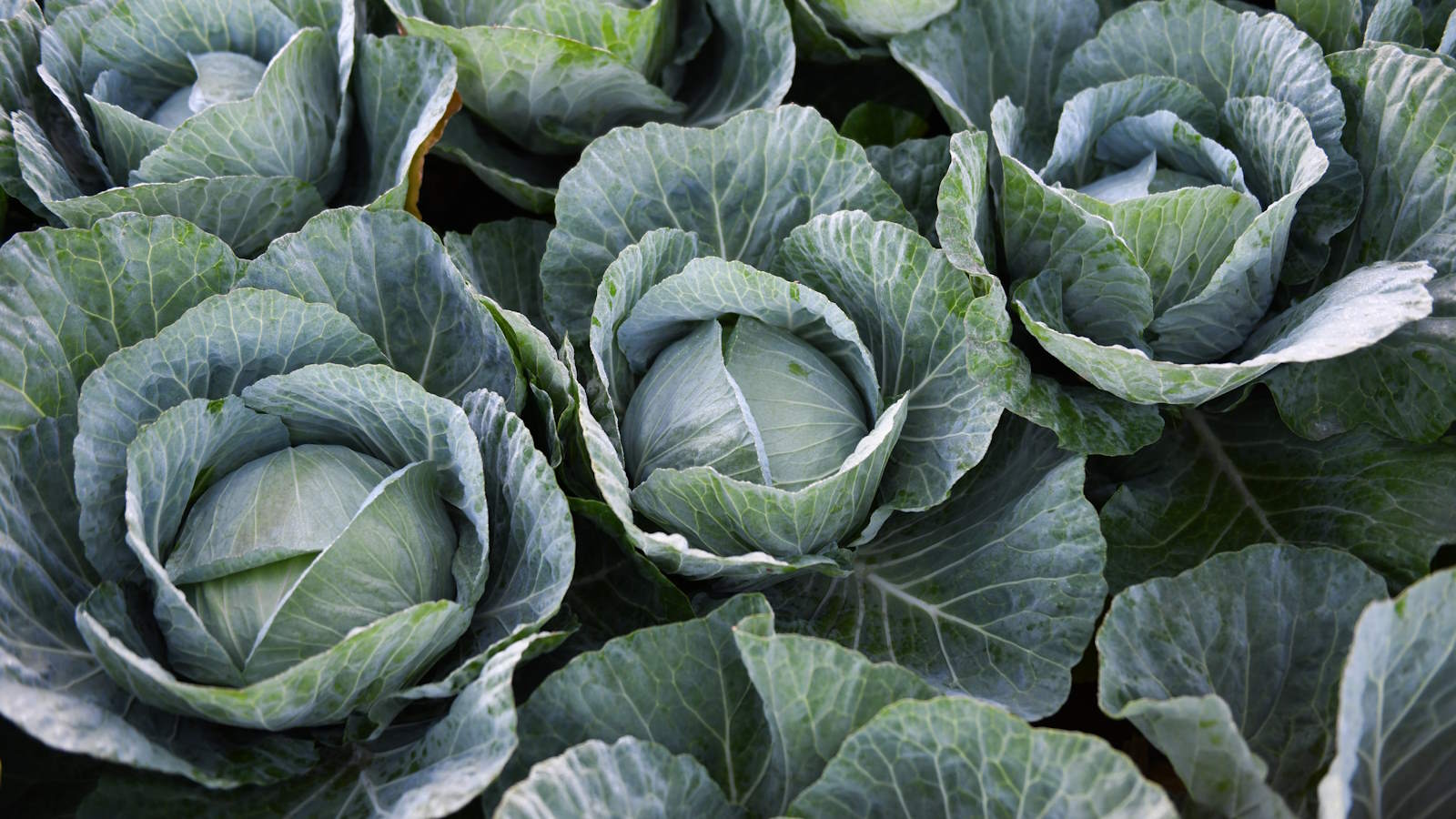 How to grow cabbages in containers – expert tips for top harvests in small urban spaces
How to grow cabbages in containers – expert tips for top harvests in small urban spacesYou can grow lots of different cabbages in pots, troughs, grow bags, or buckets
By Drew Swainston
-
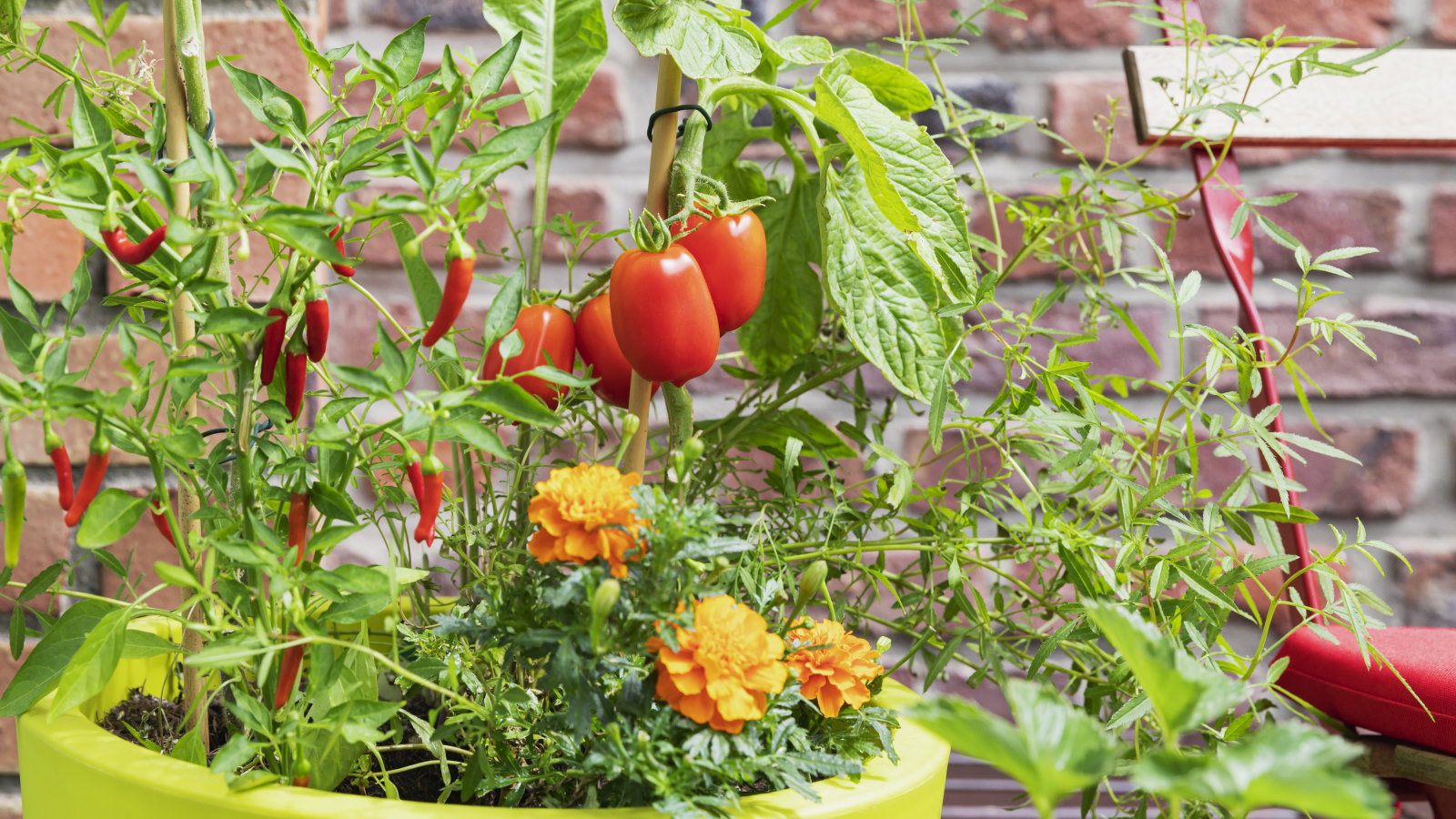 You'll get the best homegrown tomato crops if you plant them next to this one flower – discover why these two are a dream combination
You'll get the best homegrown tomato crops if you plant them next to this one flower – discover why these two are a dream combinationYour tomato plants will be pest-free and covered in fruits
By Drew Swainston
-
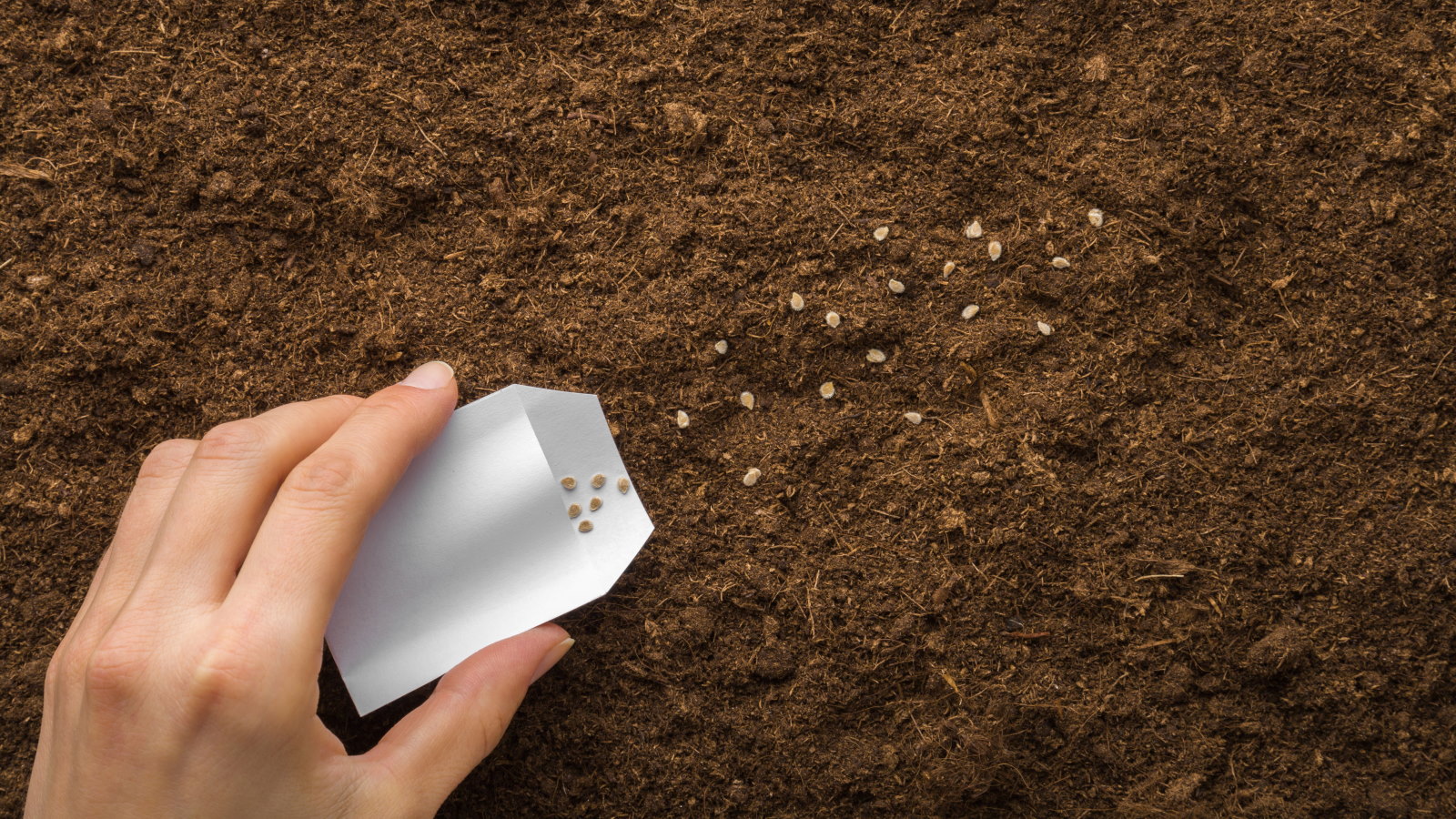 Direct sowing vs transplanting – our grow-your-own expert advises which is best, and shares 5 veggies you should always sow directly
Direct sowing vs transplanting – our grow-your-own expert advises which is best, and shares 5 veggies you should always sow directlyBoth approaches to sowing vegetables have pros and cons
By Drew Swainston
-
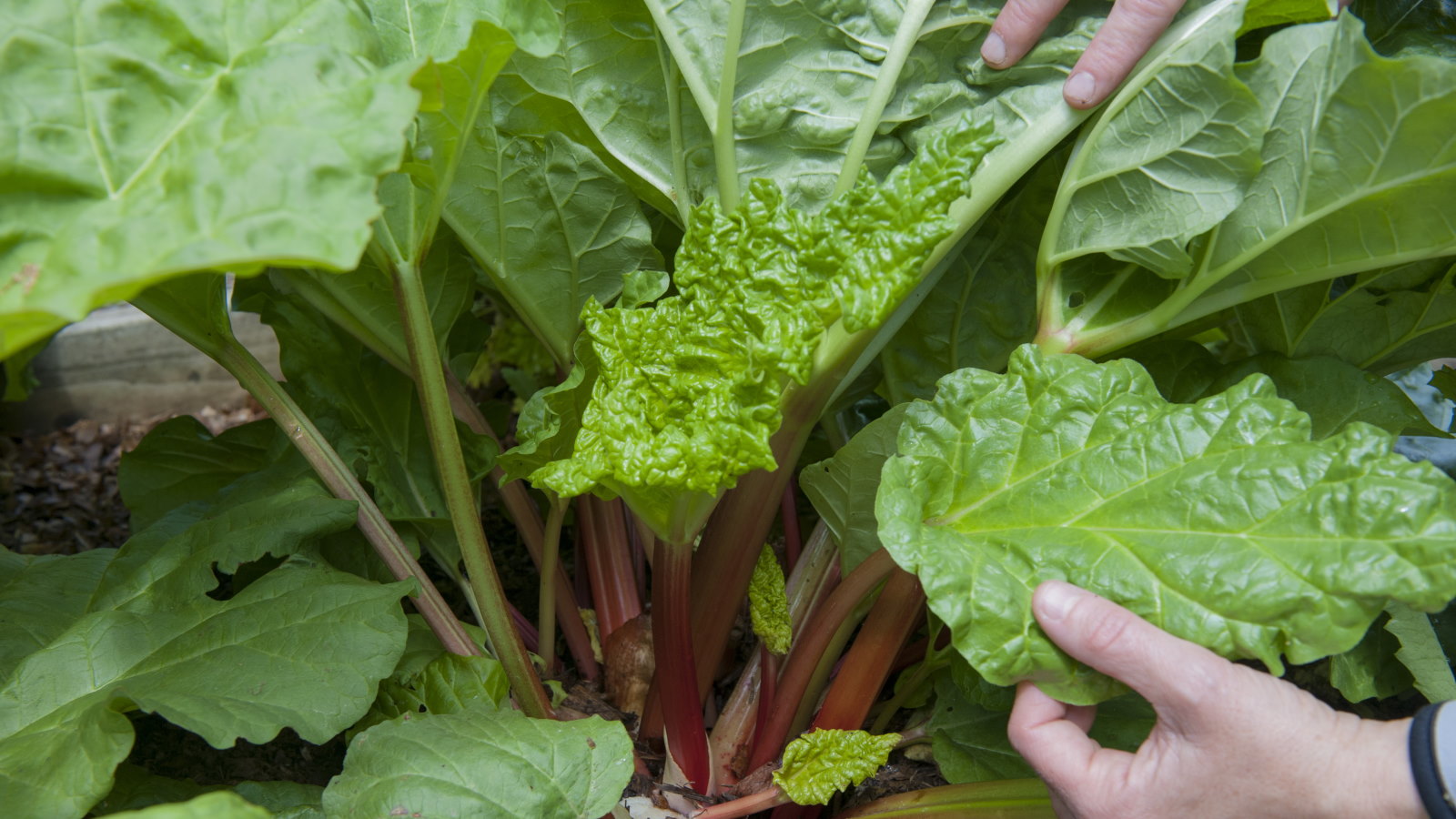 I grew rhubarb from seed for years – here’s exactly how to do it for guaranteed germination and healthy crops of fruit
I grew rhubarb from seed for years – here’s exactly how to do it for guaranteed germination and healthy crops of fruitGrowing rhubarb from seed is a cost-effective way to propagate plants, but it requires care and patience
By Drew Swainston
-
 4 reasons you should plant trees in a vegetable garden – plus experts reveal the secrets to help you reap the rewards
4 reasons you should plant trees in a vegetable garden – plus experts reveal the secrets to help you reap the rewardsSee how agroforestry principles can help boost your soil and harvests
By Drew Swainston
-
 9 of the best vegetables to grow using the square foot gardening method – for big harvests in small spaces
9 of the best vegetables to grow using the square foot gardening method – for big harvests in small spacesPlus how many of each vegetable can be grown per square foot
By Drew Swainston